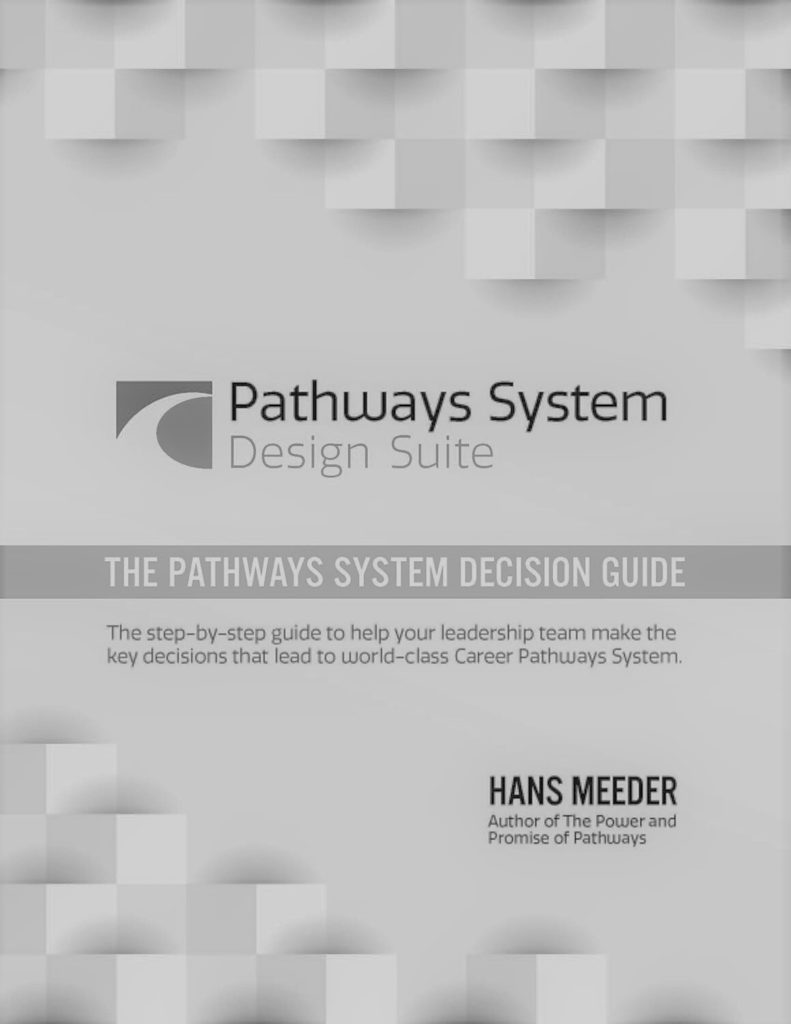No products in the cart.
Posts
Think Holistically and Don’t Go Alone. Excerpts from the New Pathways System Decision Guide
As we approach the end of the calendar year, it’s a great time to step back and reflect on what’s working and what can be better next year. In that light, I’m sharing an excerpt from the conclusion of my new publication, “The Pathways System Decision Guide,” which is available for shipping on December 13. You can learn more about the Decision Guide at the NC3T Bookstore.
How Pathways and Career Connected Learning is Different
The work you are doing to embed Career Connected Learning across education through the pathways system framework has long term value for individuals, our communities, and our nation as a whole.
For too many decades, our schools have been bifurcated, with some students getting practical, career-oriented education, but also carrying a stigma of being a second-tier option. On the other side of the divide, most students have been encouraged to prepare for “college” with a vague notion that somehow that would lead to personal success. That promise has been underwhelming for many, and for some, rings hollow.
Your work is to bring these two worlds together, giving each and every student a relevant education that challenges them to excel and pursue a pathway that is meaningful and personalized.
As you are leading or facilitating the local work, I’d like to provide a couple suggestions.
Think Holistically, but Act Strategically
The value of the Pathways System model is that you see the whole – all the components that need to be developed to grow a robust pathways system. BUT, the magnitude of change can also be confusing and, at worst, paralyzing. So – focus your work on one or two priorities for a few months at a time until you can reach closure on that decision and that initiative. Then focus on careful execution to follow through as best as possible. Keep the big picture in mind but focus on the highest value immediate strategy.
Don’t Go it Alone
As a leader in the work, if you carry too much of the vision and passion for the work, but others don’t seem to equally believe in and own the initiative, consider this a warning. You need a cohesive group of leaders from several different vantage points and organizations to understand and own the pathways initiative. If you don’t see this happening, seek to understand why. Are you subconsciously holding onto too much control and not sharing authority and credit? Are you keeping your organization’s perspective preeminent, and crowding out the needs of other organizations? Is there a lack of clarity about the challenges that the pathways work is designed to address?
A wise person said, “If you want to go fast, go alone. But if you want to go far, go together.”
I hope these ideas spark some helpful reflection for you. I’ll share more from the conclusion in next week’s post.
Hans Meeder is President of NC3T, the National Center for College and Career Transitions (www.nc3t.com). NC3T provides planning, coaching, technical assistance and tools to help community-based leadership teams plan and implement their college-career pathway systems and strengthen employer connections with education.

